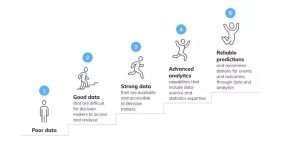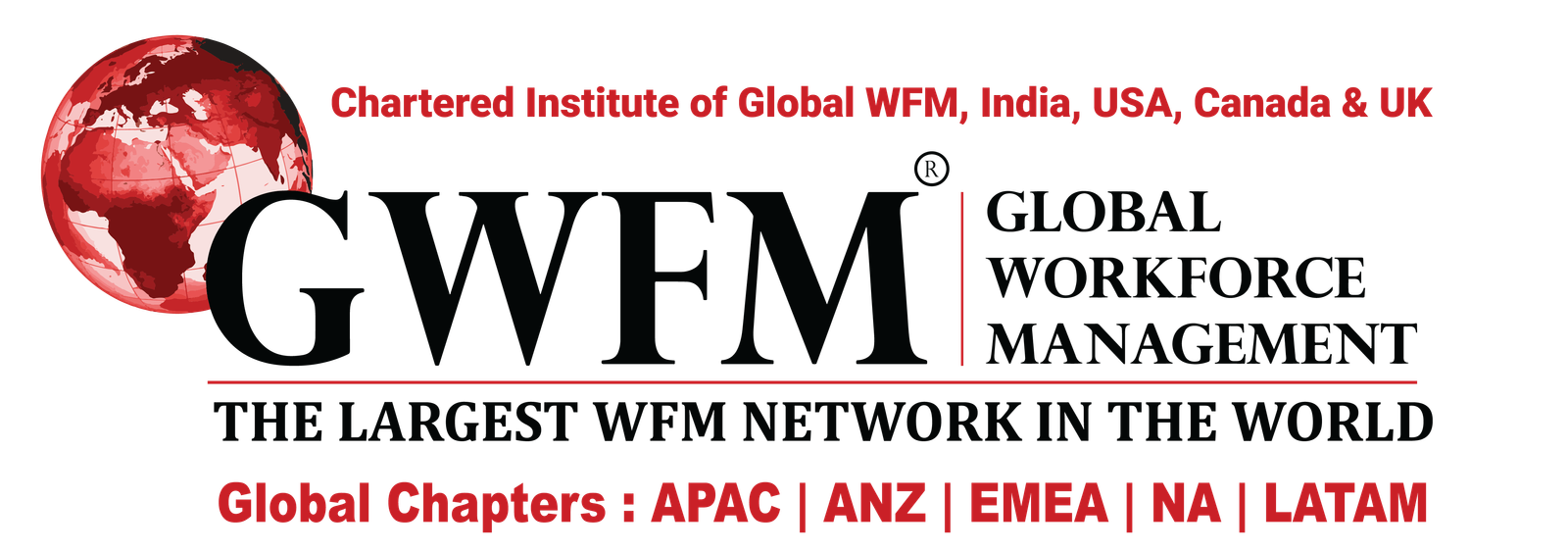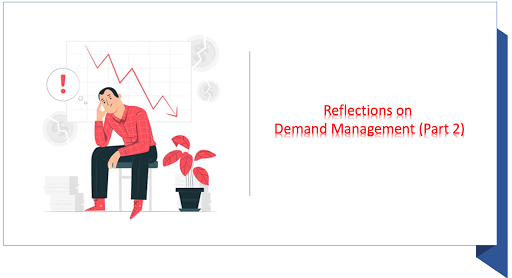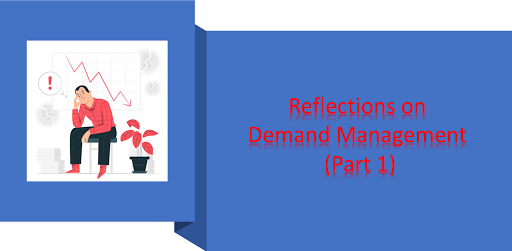Leveraging people analytics to steer strategic workforce planning

You can have all the greatest technology in the world, but if you don’t have the skills to back it up, your firm will fail. Today’s world of rapid transformation and unpredictability puts additional pressure on HR to guarantee that the organisation has the necessary talent to meet shifting business goals. Strategic workforce planning allows HR to identify talent needs linked with the business’s future goals and develop a strategy to guarantee the organisation has the correct mix of individuals, technology, and employment models to achieve these goals.
In this article, we will dive deep into some of the top-notch strategies for developing a solid skills foundation, redesigning the workplace, and rethinking strategic workforce planning through people analytics.
Let’s first explore the four types of HR analytics:
1. Descriptive Analytics
Descriptive analytics focuses on summarising historical HR data to provide insights into what has happened in the past. It answers questions like “What were our employee turnover rates last year?” or “What is our current workforce composition?” It involves basic data reporting and visualisation to provide a snapshot of the current state of HR metrics.
2. Predictive Analytics
Predictive analytics uses historical data and statistical algorithms to make predictions about future HR trends or outcomes. It helps organisations anticipate workforce needs and issues before they arise. Predictive analytics can be used to forecast turnover rates, identify employees at risk of leaving, or predict future skill shortages.
3. Prescriptive Analytics
Prescriptive analytics goes beyond predictions and provides recommendations for action. It uses advanced algorithms and data modelling to suggest strategies for addressing HR challenges or opportunities. For instance, prescriptive analytics can recommend specific interventions to improve employee engagement, reduce turnover, or optimise workforce scheduling.
4. Diagnostic Analytics
Diagnostic analytics is concerned with identifying the root causes and factors behind HR issues or trends. It helps HR professionals understand why certain events occur or why specific patterns emerge. This type of analytics can be used to answer questions like “Why is our employee turnover rate higher in one department compared to others?” or “What factors are contributing to low productivity in a specific team?”

When all of your data is in one place and available in real-time,
evaluating it becomes easy. Additionally, data overview of time and money spent on external projects may reveal that you’re overspending in certain areas.
Conduct a skills gap analysis
People analytics has evolved into a key tool for organisations, enabling data-driven decision-making in many aspects of workforce and people management. It can assist in estimating future skill demands and identify potential workforce risks in terms of workforce planning. It can also help with staff performance management and identifying succession candidates.
Identify skill gaps and create focused training programs: Data analysis assists firms in identifying skill shortages in their workforce. Organisations can build targeted training and development programs to bridge skill gaps and increase workforce preparedness by examining employee abilities and identifying areas where skills are weak.
Based on data-driven reports, here are a few factors that you need to research in order to create a strong workforce planning strategy:
- How important jobs in the industry are changing
- How important rivals’ talent flows in and out
- Location’s influence on specific trends
- How much diversified talent is accessible in the labour market?
- What skill sets do employees need to possess in the future?
Here are the top 5 key functional data sets that can be utilised in strategic workforce planning:
- Employee engagement
- Performance review
- Training and development
- Employment market
- Career progression
The most important stage is to determine where the organisation stands. According to a Gartner report, 47% of HR staff are ignorant of their workforce’s skills shortages, making this a critical step in developing a strategic workforce strategy.
One of the most significant possibilities for HR and workforce planners is to use analytics that covers the whole employee lifecycle: from the first time you connect with a job prospect until the time they depart.
Data about employee turnover, tenure, and hiring provides you with a holistic understanding of your workforce plans. It further allows you to see when it may be time to course-correct in order to mitigate issues before they become larger or to capitalise on upcoming opportunities.
Determine your needs early in order to execute success later. In today’s rapidly changing business world, organisations must be agile, adaptive, and capable of anticipating future issues. They are more confident in attaining their strategic goals as a result. This can only be accomplished with a good workforce planning strategy, and people analytics may be a significant driver in supporting and informing this strategy.
Putting HR data into action
Organisations should use the insights generated from workforce analytics results to create a workforce strategy to address the gaps between present and future employment requirements. Some tactics and factors to consider when developing a data-driven workforce plan include planning to provide personnel with skill training to prepare them for shifting responsibilities within the organisation.
Hiring and retaining individuals with required skillsets, creating initiatives aimed at retaining employees, increasing recruiting and hiring process efficiency by proactively identifying openings through succession planning and projecting future company needs, and determining training requirements, categorisation and remuneration concerns, and organisational or position changes that may have an impact on employee retention are the final steps into utilising data- driven statistics in order to design an impactful strategic workforce planning strategy.
Resource: GWFM Research





Responses